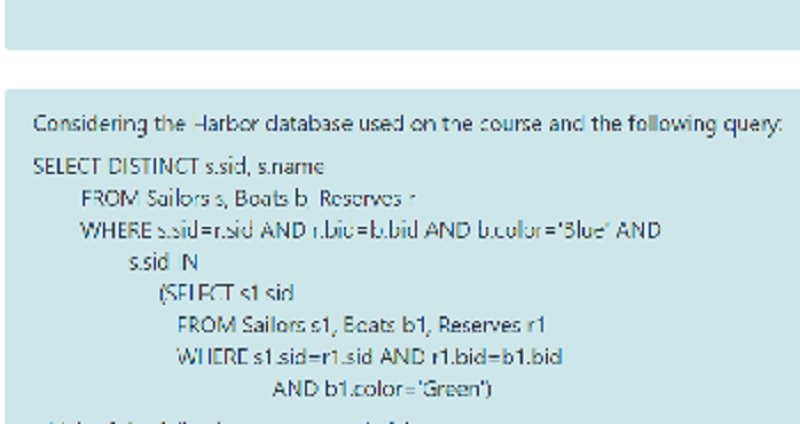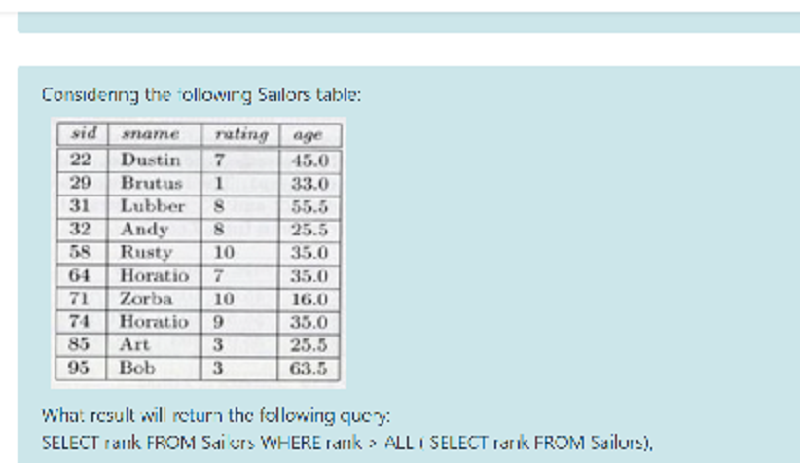Examen_bd_part2
{"name":"Examen_bd_part2", "url":"https://www.quiz-maker.com/QPREVIEW","txt":"Test your knowledge on Oracle database authentication mechanisms and SQL concepts with this engaging quiz. Designed for database enthusiasts, this quiz challenges your understanding of key SQL operations and their implications.Multiple choice questionsCovers topics from authentication to SQL aggregationIdeal for students and professionals alike","img":"https:/images/course1.png"}
More Quizzes
Test your SQL
1050
Sustav za upravljanje bazom podataka (34. - 70.)
371873
What Kind of Person are You?
630
100
Java Developer Test - Free Skills Assessment
201019992
Commonly Confused Words - Which Word Doesn't Fit?
201019888
Lord of the Flies - How Well Do You Know the Novel?
201026072
Am I Overtraining - Free Self-Assessment
201020427
Which Peaky Blinders Character Are You? Free
201019007
Toy Story 4: Which Character Are You? - Free
201020539
Which Gorillaz Member Are You? Free Online
201019007
Where Should I Travel - Find Your Perfect Destination
201018561





